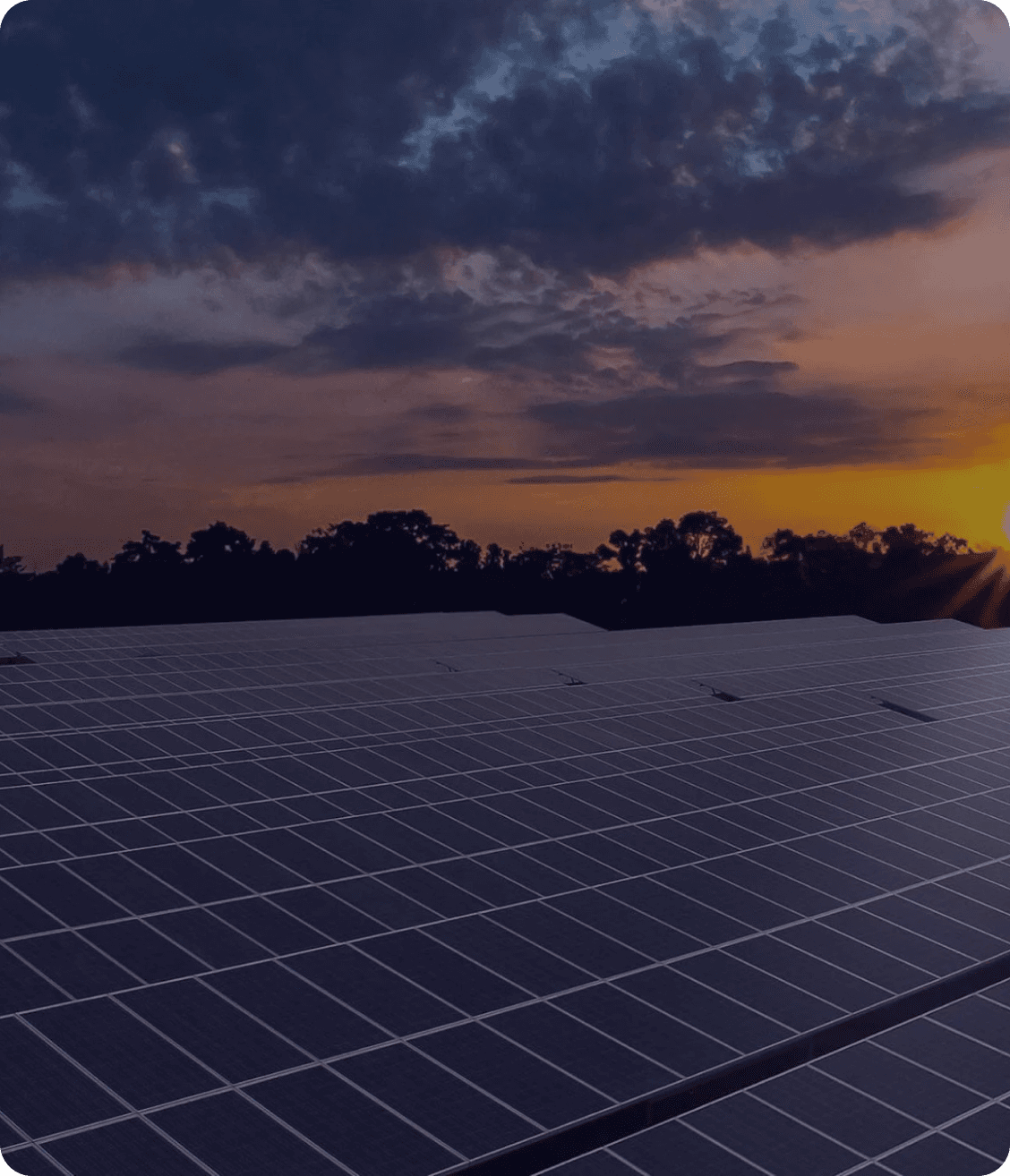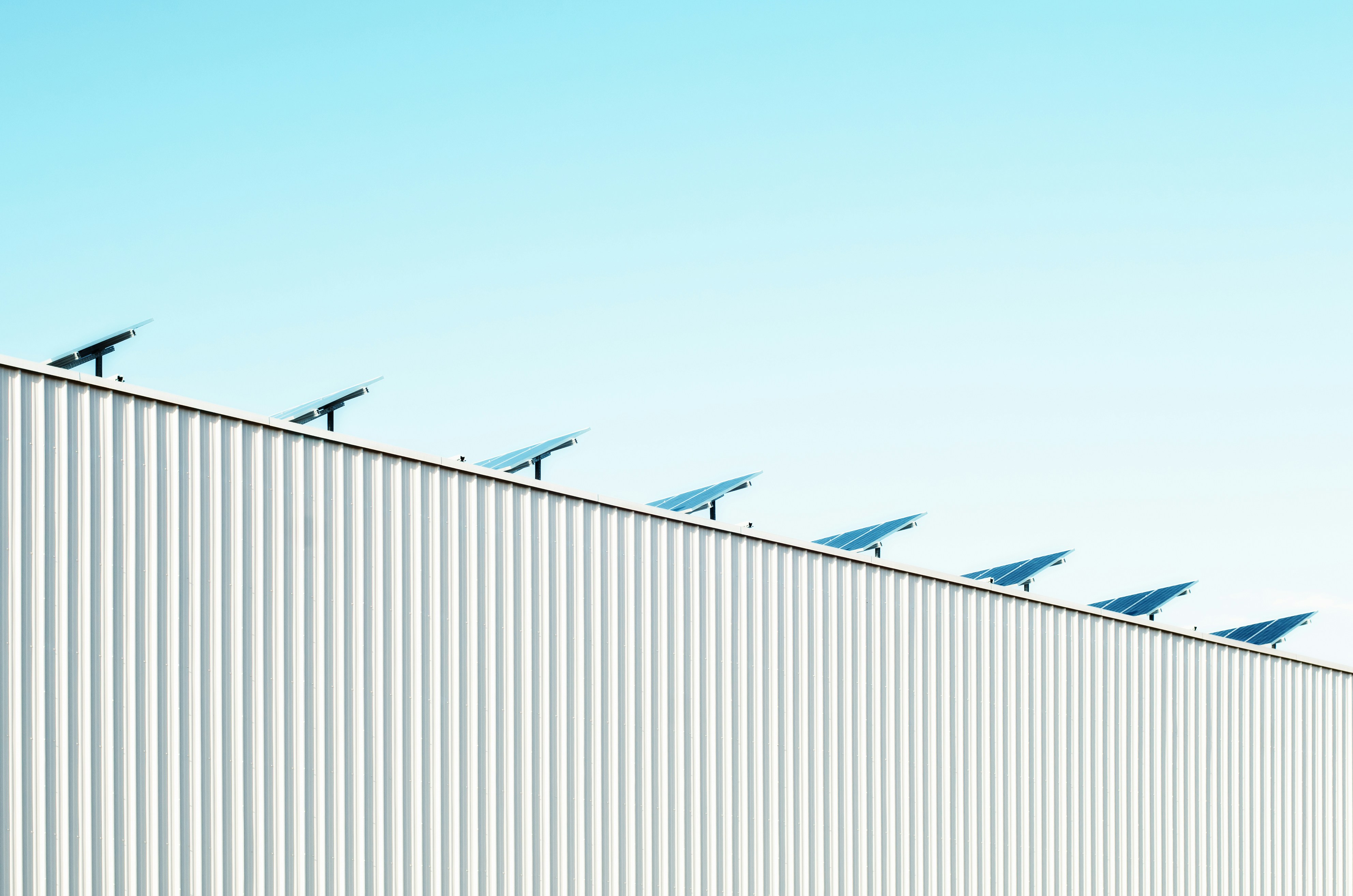
SERVICE DETAILS

SERVICE DETAILS

SERVICE DETAILS
All Services
All Services
All Services

Get In Touch
Our team are experts in energy efficiency retrofits and commercial solar development.

Get In Touch
Our team are experts in energy efficiency retrofits and commercial solar development.

Get In Touch
Our team are experts in energy efficiency retrofits and commercial solar development.
HVAC Optimization
Polycrystalline panels are also effective in varying light conditions, making them suitable for areas with partial shading or cloudy weather, ensuring steady energy generation.
Polycrystalline panels are also effective in varying light conditions, making them suitable for areas with partial shading or cloudy weather, ensuring steady energy generation.
Polycrystalline panels are also effective in varying light conditions, making them suitable for areas with partial shading or cloudy weather, ensuring steady energy generation.



Polycrystalline panels allow you to produce a substantial amount of electricity from sunlight at a more cost-effective price point, optimizing your energy production. Moreover, they are designed to perform reliably even in low light conditions, making them a solid choice for areas with partial shading or frequent cloudy weather, ensuring consistent energy output.
Polycrystalline panels allow you to produce a substantial amount of electricity from sunlight at a more cost-effective price point, optimizing your energy production. Moreover, they are designed to perform reliably even in low light conditions, making them a solid choice for areas with partial shading or frequent cloudy weather, ensuring consistent energy output.
Polycrystalline panels allow you to produce a substantial amount of electricity from sunlight at a more cost-effective price point, optimizing your energy production. Moreover, they are designed to perform reliably even in low light conditions, making them a solid choice for areas with partial shading or frequent cloudy weather, ensuring consistent energy output.



Our Planning
Polycrystalline panels are also effective in varying light conditions, making them suitable for areas with partial shading or cloudy weather, ensuring steady energy generation.
Mono PERC panels are engineered
Mono PERC panels are engineered
Mono PERC panels are engineered
Marketing options and rates
Marketing options and rates
Marketing options and rates
The ability to turnaround consulting
The ability to turnaround consulting
The ability to turnaround consulting
Expanding research to the business
Expanding research to the business
Expanding research to the business
Polycrystalline technology represents an important step forward in solar panel design. These panels are made from polycrystalline silicon cells and are designed to optimize efficiency by improving light absorption and reducing energy loss. While polycrystalline panels generally have slightly lower efficiency rates compared to monocrystalline panels, they still offer reliable energy production. This means you can generate a substantial amount of electricity from sunlight at an affordable cost, making them a popular choice for many solar projects. Polycrystalline panels are also effective in varying light conditions, making them suitable for areas with partial shading or cloudy weather, ensuring steady energy generation.
Polycrystalline technology represents an important step forward in solar panel design. These panels are made from polycrystalline silicon cells and are designed to optimize efficiency by improving light absorption and reducing energy loss. While polycrystalline panels generally have slightly lower efficiency rates compared to monocrystalline panels, they still offer reliable energy production. This means you can generate a substantial amount of electricity from sunlight at an affordable cost, making them a popular choice for many solar projects. Polycrystalline panels are also effective in varying light conditions, making them suitable for areas with partial shading or cloudy weather, ensuring steady energy generation.
Polycrystalline technology represents an important step forward in solar panel design. These panels are made from polycrystalline silicon cells and are designed to optimize efficiency by improving light absorption and reducing energy loss. While polycrystalline panels generally have slightly lower efficiency rates compared to monocrystalline panels, they still offer reliable energy production. This means you can generate a substantial amount of electricity from sunlight at an affordable cost, making them a popular choice for many solar projects. Polycrystalline panels are also effective in varying light conditions, making them suitable for areas with partial shading or cloudy weather, ensuring steady energy generation.
Frequently Asked Question
How much does solar cost?
Costs vary based on system size, energy needs, and installation complexity. On average, commercial solar systems range from *$1.50 to $2.50 per watt* before incentives.
What incentives and tax benefits are available in Texas? I would love to invest in solar, but I think my roof is too old?
What happens if my company moves or sells the building?
If owned outright, the solar system increases property value. If financed through a PPA/lease, the agreement can often be transferred to the new owner.
What financing options are available?
What’s the difference between a PPA and a lease?
Can nonprofits go solar without upfront capital?
How long do solar panels last?
What maintenance is required for a solar system?
Can my business still get power at night or on cloudy days?
What happens if my solar system produces more energy than my business uses?
Do I need special permits to install solar?
Can my business go off-grid with solar?
Will my utility company support solar?
How much does solar cost?
Costs vary based on system size, energy needs, and installation complexity. On average, commercial solar systems range from *$1.50 to $2.50 per watt* before incentives.
What incentives and tax benefits are available in Texas? I would love to invest in solar, but I think my roof is too old?
What happens if my company moves or sells the building?
If owned outright, the solar system increases property value. If financed through a PPA/lease, the agreement can often be transferred to the new owner.
What financing options are available?
What’s the difference between a PPA and a lease?
Can nonprofits go solar without upfront capital?
How long do solar panels last?
What maintenance is required for a solar system?
Can my business still get power at night or on cloudy days?
What happens if my solar system produces more energy than my business uses?
Do I need special permits to install solar?
Can my business go off-grid with solar?
Will my utility company support solar?
How much does solar cost?
Costs vary based on system size, energy needs, and installation complexity. On average, commercial solar systems range from *$1.50 to $2.50 per watt* before incentives.
What incentives and tax benefits are available in Texas? I would love to invest in solar, but I think my roof is too old?
What happens if my company moves or sells the building?
If owned outright, the solar system increases property value. If financed through a PPA/lease, the agreement can often be transferred to the new owner.
What financing options are available?
What’s the difference between a PPA and a lease?
Can nonprofits go solar without upfront capital?
How long do solar panels last?
What maintenance is required for a solar system?
Can my business still get power at night or on cloudy days?
What happens if my solar system produces more energy than my business uses?
Do I need special permits to install solar?
Can my business go off-grid with solar?
Will my utility company support solar?
Ready to get started?
